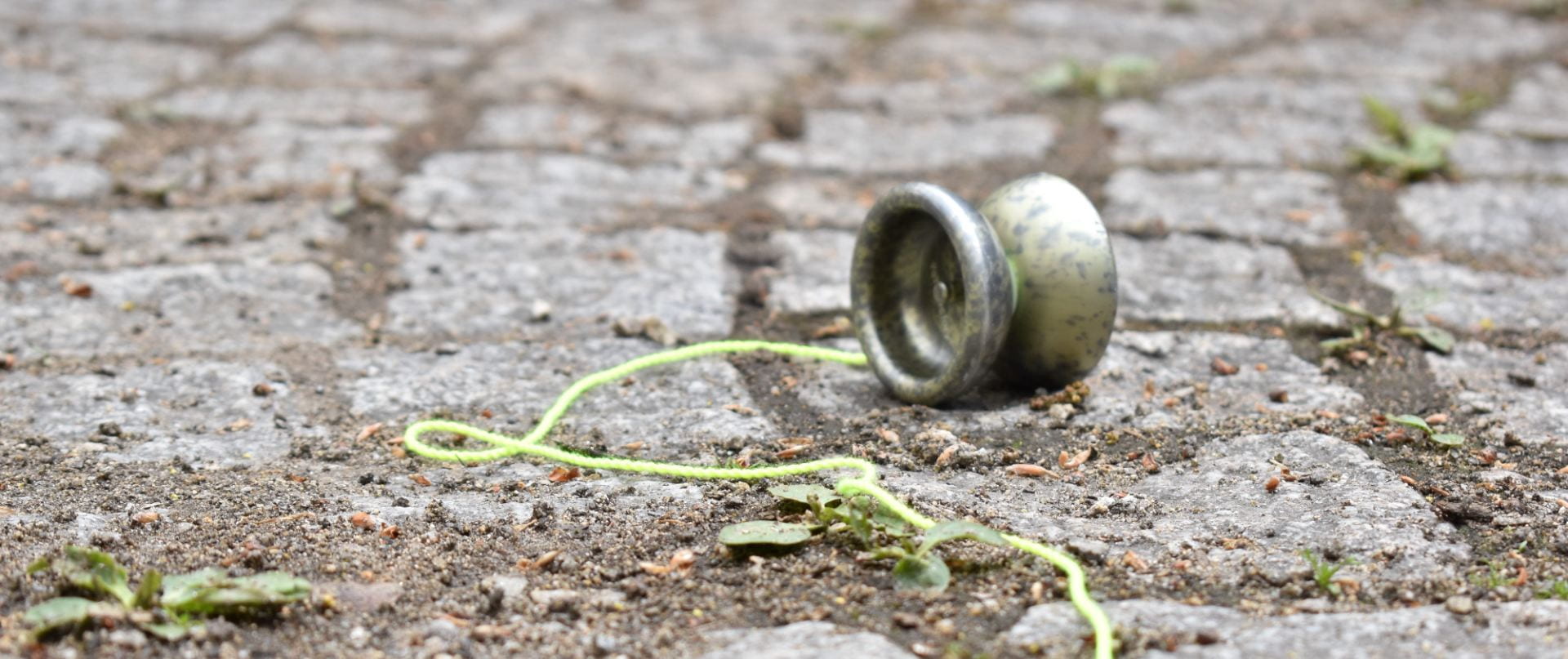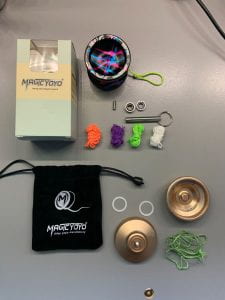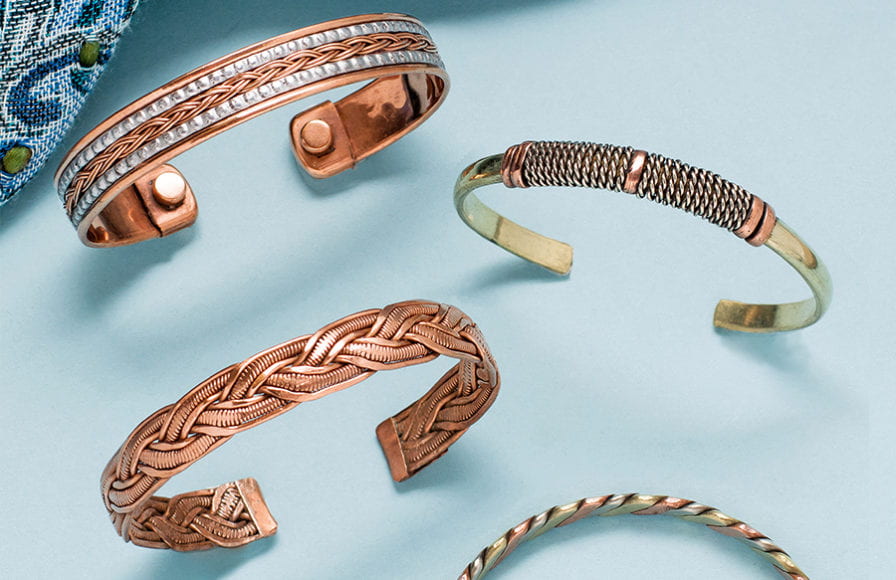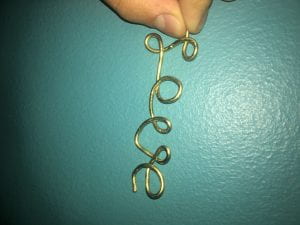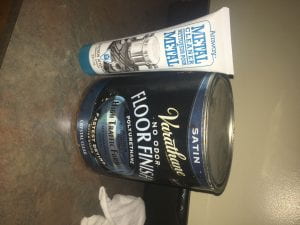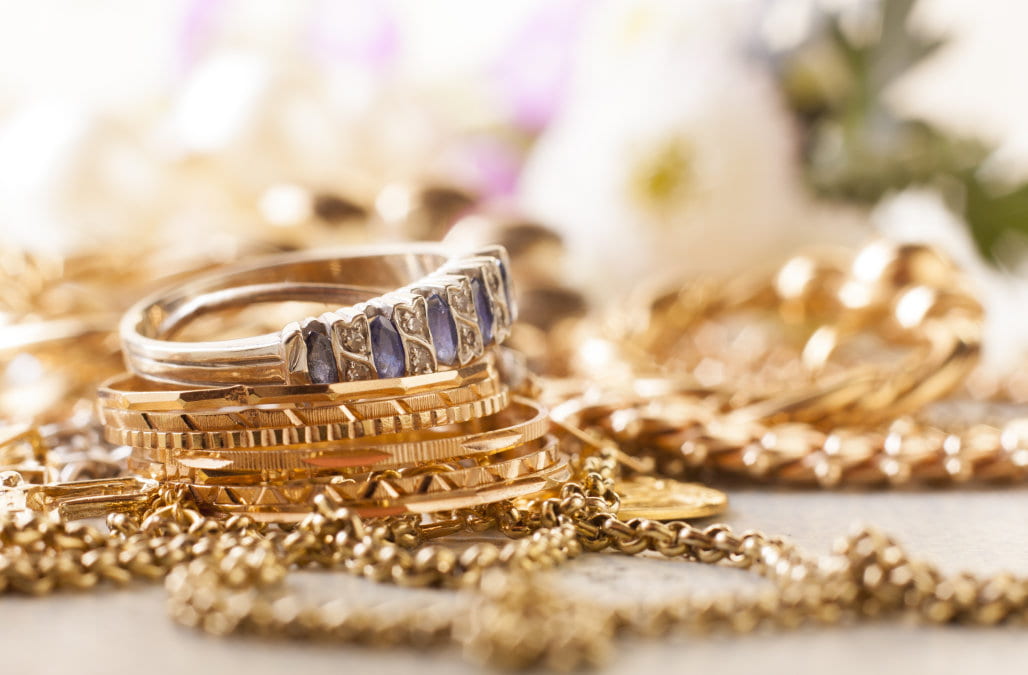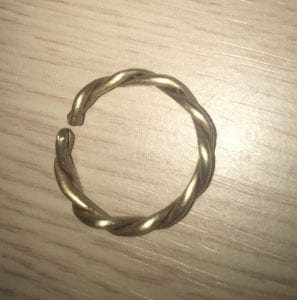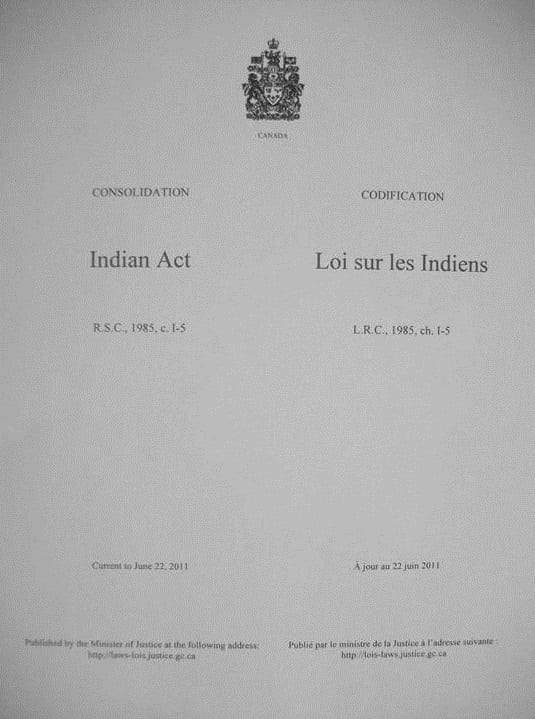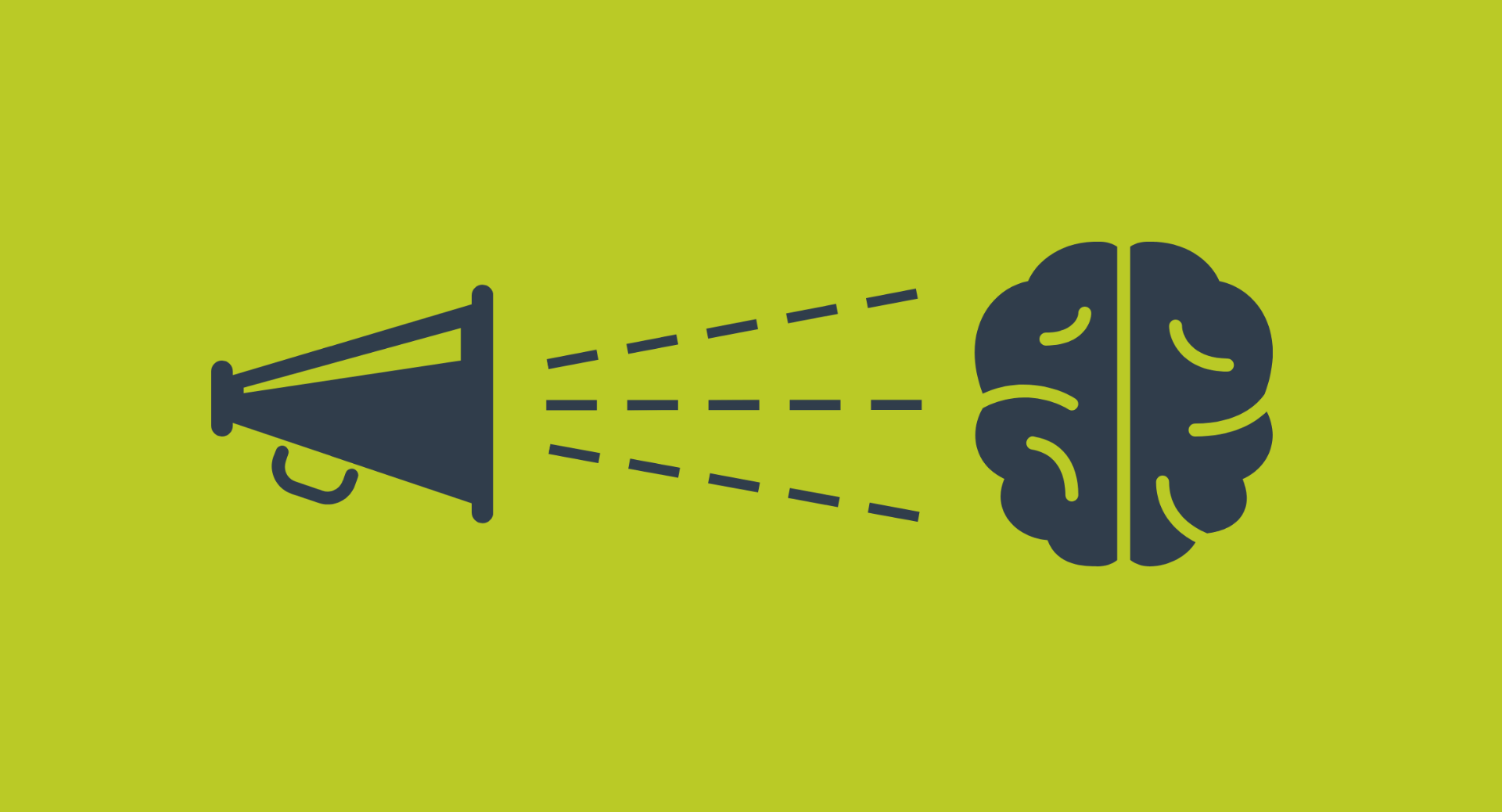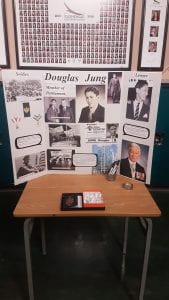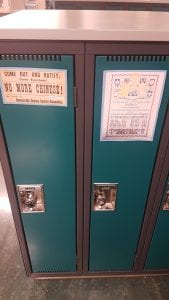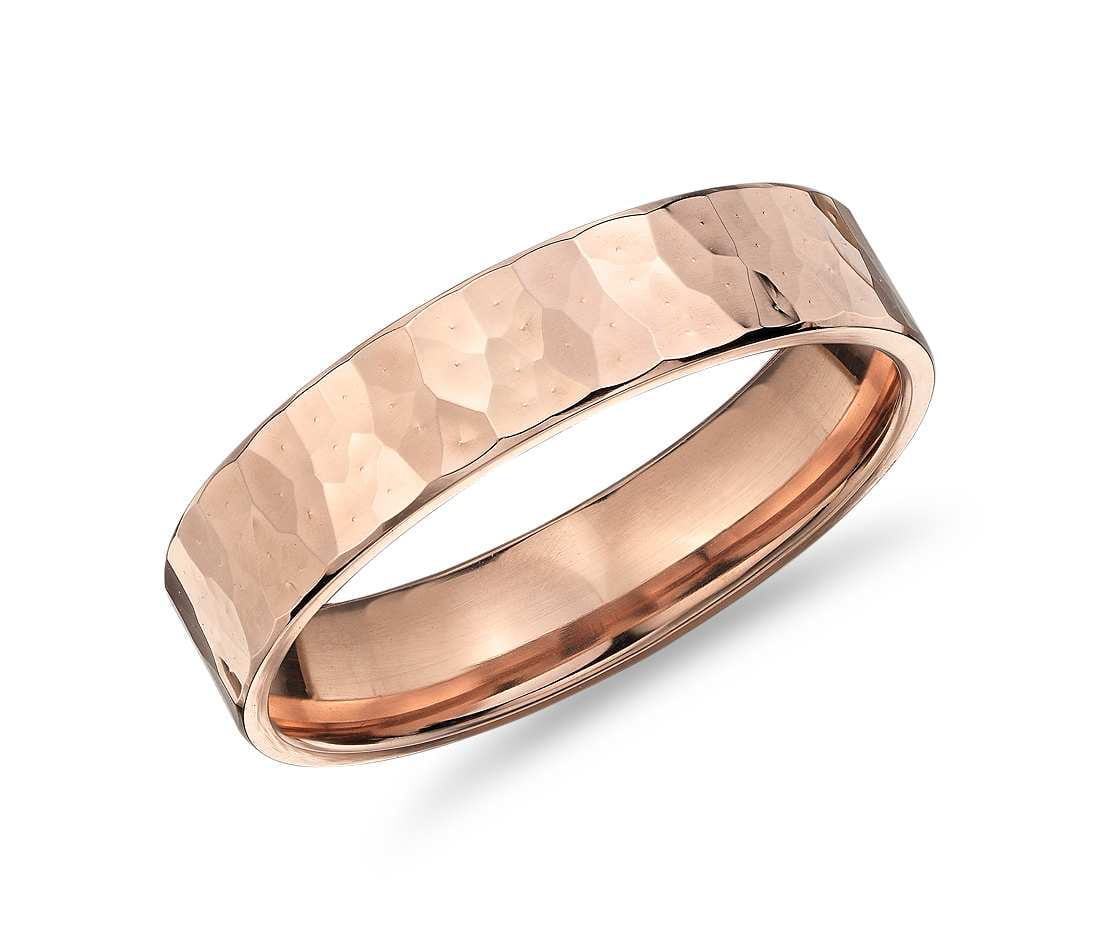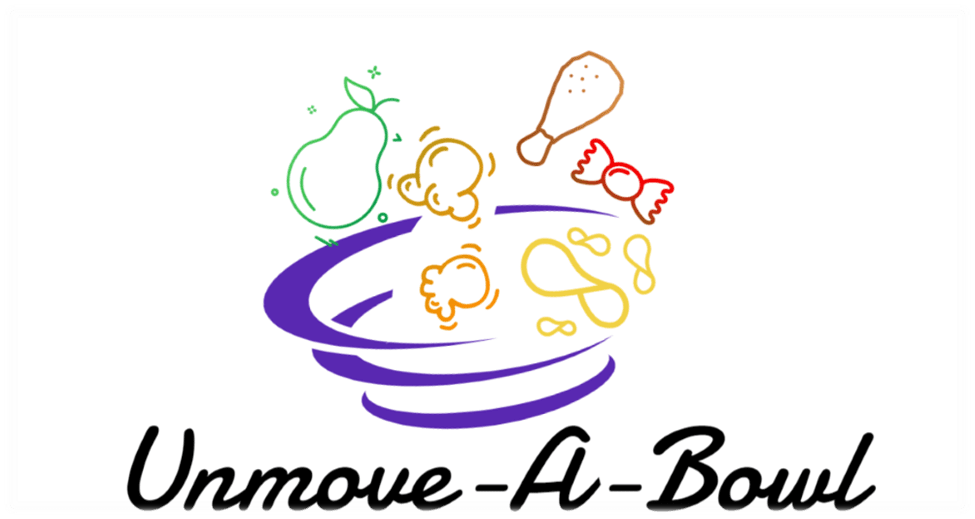The past few weeks have been some of the strangest for my in-depth project.
My jewelry making went from hands-on and working hard, to research and theory. This major change was due to Coronavirus, and I’ve tried my best to work around it and continue learning about jewelry making as best as possible. Overall, I still think I did a lot of great research and learned lots about jewelry making. Nothing ever runs perfectly, and I’ll continue to try my best to accomplish as much as I can.
At first, my project started off as usual. I was able to meet with my mentor and continue to work and learn about jewelry making. In the time that I met with Mme. Toure, I was able to finish a project, start a project, and continue a project.
My bracelet is now completely finished and polished up. I think it turned out really great and I want to make another bracelet the next time I can so that I can see how my skills have improved. Handmade jewelry isn’t supposed to be perfect, the imperfections are what make the jewelry stand out and I really learned to take that into consideration with my projects after my bracelet.
The second project I started was my silver ring. At the time of my last post, I had barely started and only stamped and cut my ring out. Now the ring is almost finished. First, I learned how to shape my ring with a ring shaper. Basically I had to heat up the metal, cool the metal, and then use a pair of pliers with curved silicon ends to shape the metal strip into a ring. Then after that, I was able to use a piece of silver solder to connect my ring completely. After that, I had to leave it to sit in a type of citric acid to get the fire scale off. Finally, I started to sand and polish using steel wool and a real jewelry polisher, but I need to continue doing that.
I also had some time while my silver ring was in the citric acid, so I started on a twisted ring. I took two pieces of copper wire that had been heated and cooled, then using a drill and pliers, I twisted them around each other. After that, I hammered them on one side creating a cool twisted flat ring effect. I hope to be able to continue this as I go along with my in-depth.
Meeting with my mentor was the big roadblock of these past weeks. Due to Coronavirus, I’m not able to meet with my mentor until further notice, so I’ve been doing a lot of research on my own. Jewelry making has become tougher with not being able to meet with my mentor, but she gave me a book about jewelry making that I have also been reading along with doing online research. Altogether, I went to many websites and watched Youtube videos so that my In-Depth continued at a good pace.
Since I don’t think I’ll be able to meet my mentor again I’ve also been looking into buying some simple tools that I could use for making jewelry. I have a lot of the tools I need from hammers to files and even a butane torch, along with the projects I have and some copper and brass. If I buy a few tools then I might be able to do some jewelry making at my house.
Coronavirus is a challenge to work around, but I’ll continue doing my best.
Word Document with Photos: https://sd43bcca-my.sharepoint.com/:w:/g/personal/125-cng1_sd43_bc_ca/EX1MOk2E53ZOkf6DWG9ZPq0BvV3oP0RzRh__ptT0rrRl7A?e=AVi1qJ
Above are some pictures I took to show how my current projects are going, and you can view them in the word document. The first pictures are my silver ring, the second my copper bracelet, and the third my twisted ring.
I did a lot of research leading up to this post. I’m reading the book my mentor gave me which is helping me understand the basics better, and if I keep reading a little each day, then I won’t have a problem learning plenty. I also watched Youtube videos about making jewelry and visited websites about essentials to jewelry making, African jewelry, and why homemade jewelry is a great skill. Below I put links to the websites I found most interesting and useful.
How to Hammer Wire: https://www.youtube.com/watch?v=eSVJqTqrb8U
DIY Stamped Wire Bangle Tutorial: https://www.youtube.com/watch?v=0-gTk2UhofM
How to Make a Bracelet Out of Copper Tubing: https://www.youtube.com/watch?v=eZvPYGX9Tbk
Essential Parts of Jewelry Making: https://www.mybluprint.com/article/want-to-start-making-jewelry-these-10-tips-will-launch-you
African Jewelry: https://artsandculture.google.com/exhibit/the-history-of-african-heritage-jewelry-african-heritage-house/MQJiNWW15_JnJw?hl=en
Homemade Jewelry: https://www.halsteadbead.com/articles/handmade-jewelry-types-and-techniques
What has been my most difficult mentoring challenge so far?
The most difficult challenge so far has been continuing in-depth and using jewelry making skills during the Coronavirus Pandemic. I can’t leave my house unless it is absolutely necessary, so I’ve had lots of problems from not being able to talk to my mentor, to not being able to use tools, to not being able to be shown new jewelry-making techniques. This has been a difficult challenge, and I’ve been working to try and do my best to combat this roadblock. I’ve looked into getting some tools, and I hope I’ll be able to do some jewelry making at home.
What is working well? Why?
Right now my research is going better than ever. I have plenty of online supports along with the book that my mentor gave me, and those have kept me occupied. I’ve started reading the book and haven’t even finished yet, and there are countless online sources that I can go to. My research is the one thing I can do during this quarantine, and because I’m trying my best and have the tools to succeed. My research is working well and I hope it continues too.
What could be working better? How can you make sure this happens?
My actual jewelry making could improve. Due to Coronavirus, I haven’t been able to use many of the tools or actually make jewelry, and this is slowing my in-depth down. I’m going to continue working and try to buy some of the basic tools. If I do this I increase my chances of learning all the hands-on skills I need to know for jewelry making. I’ll try my best but nothing is certain.
Nothing is certain, but I’ll continue doing my best.
P.S. Wash your hands
